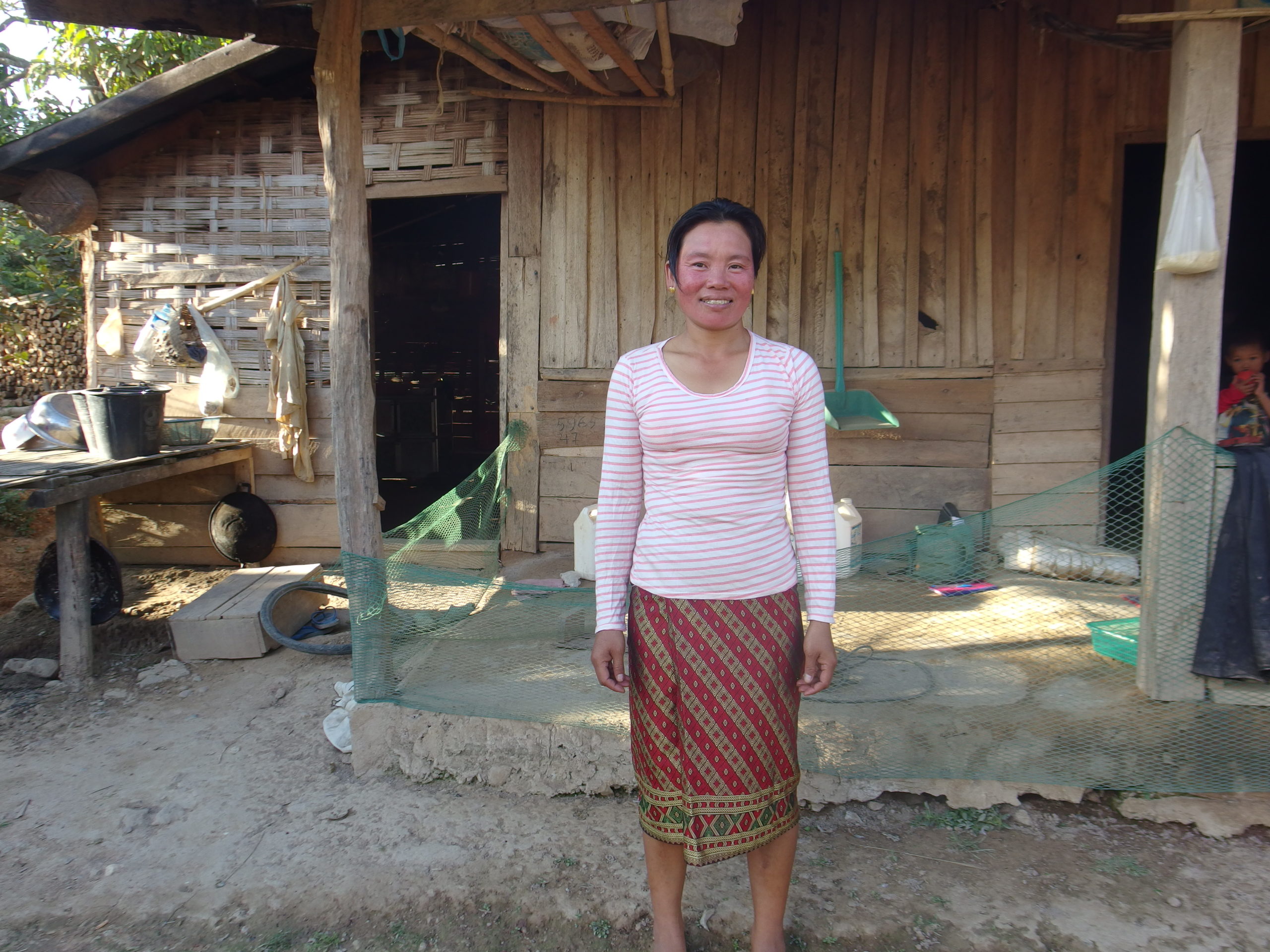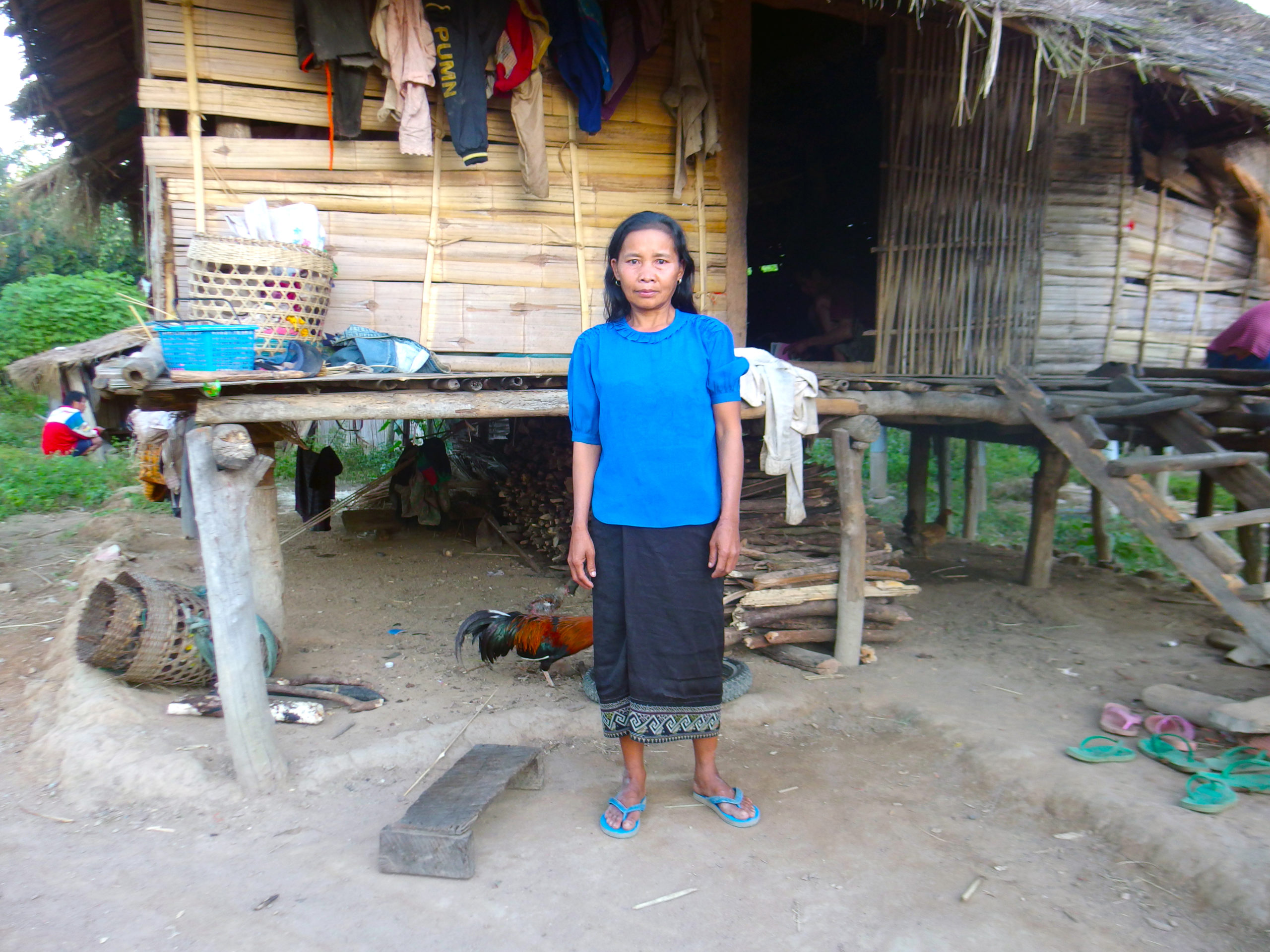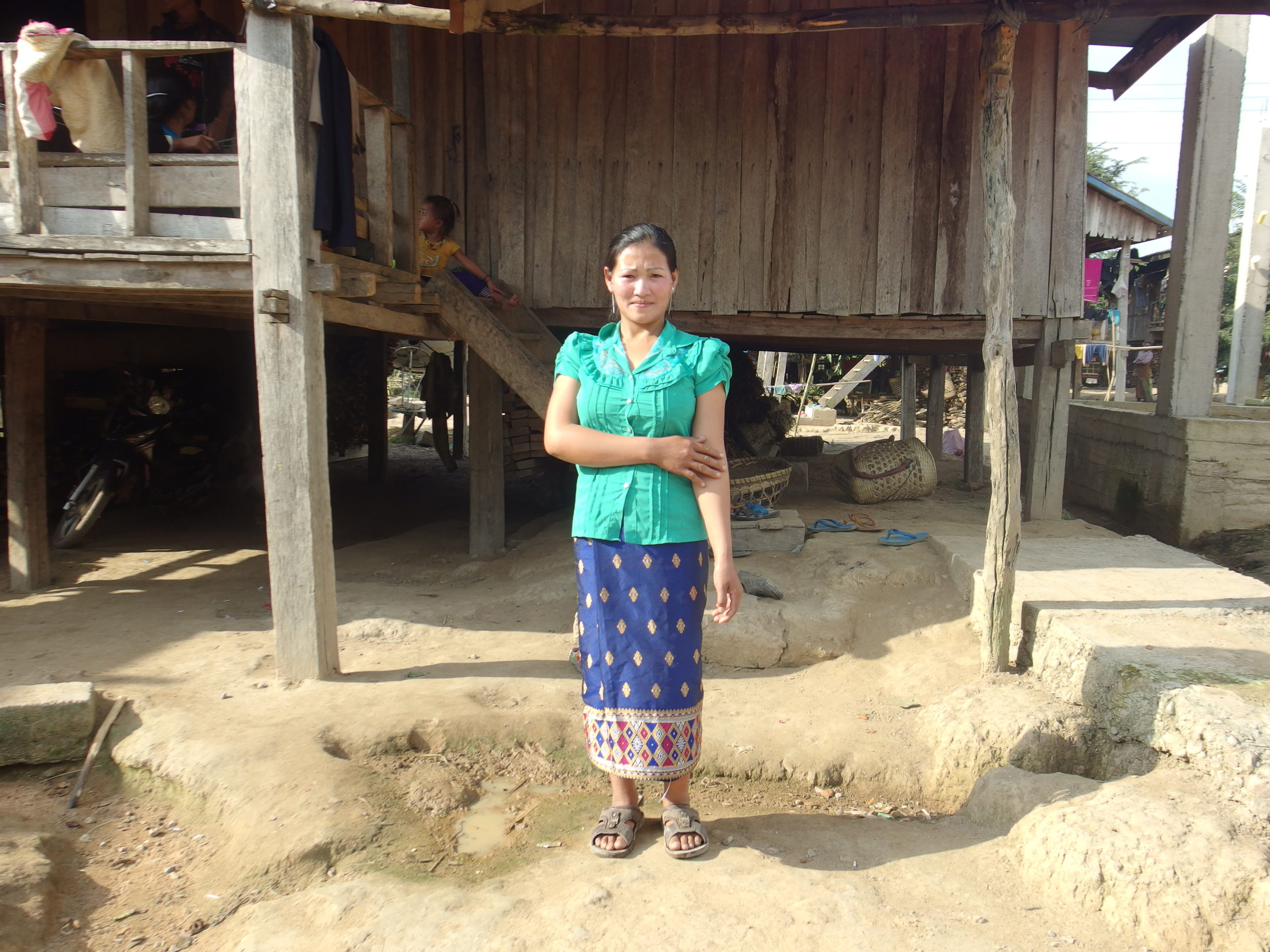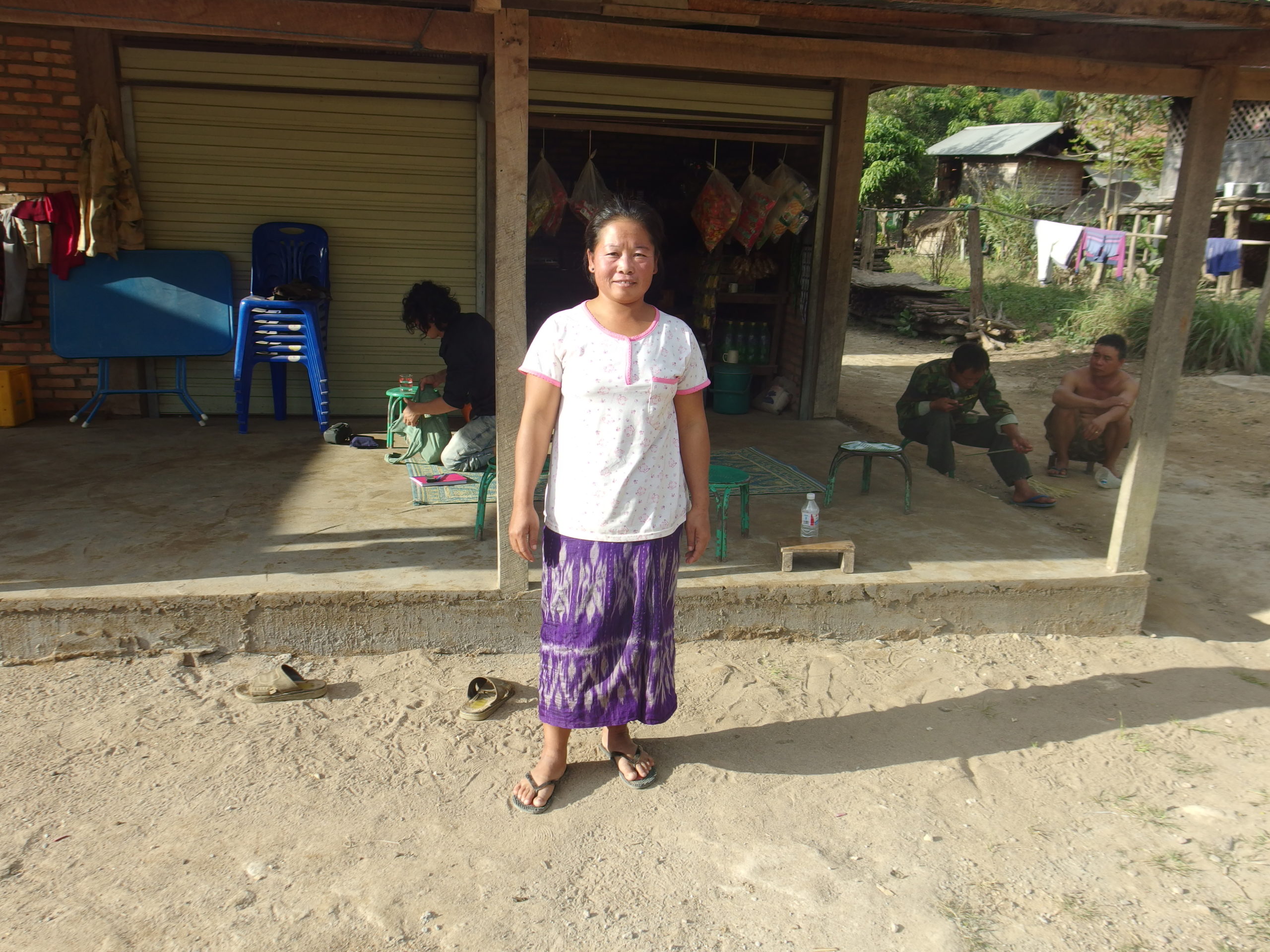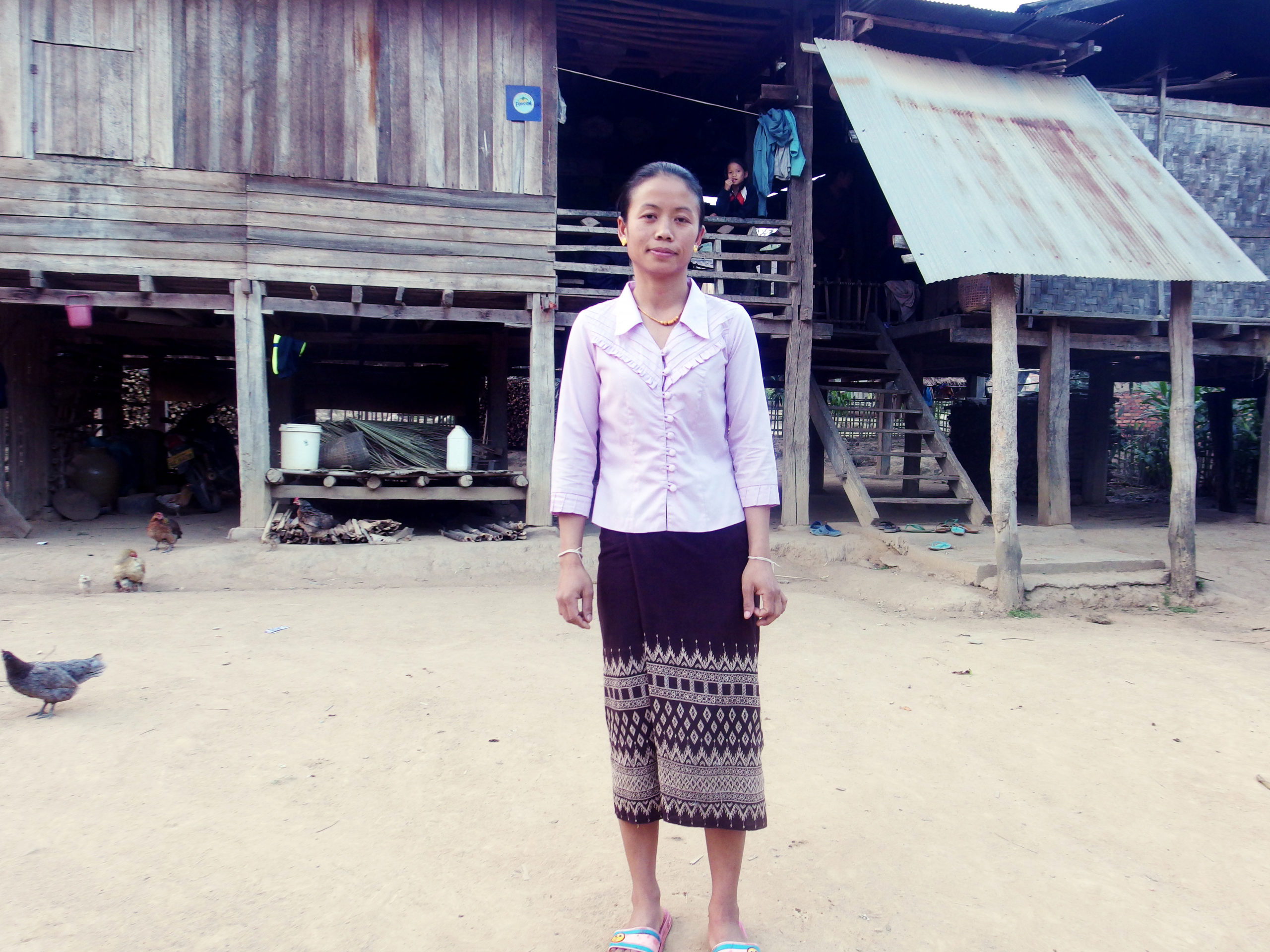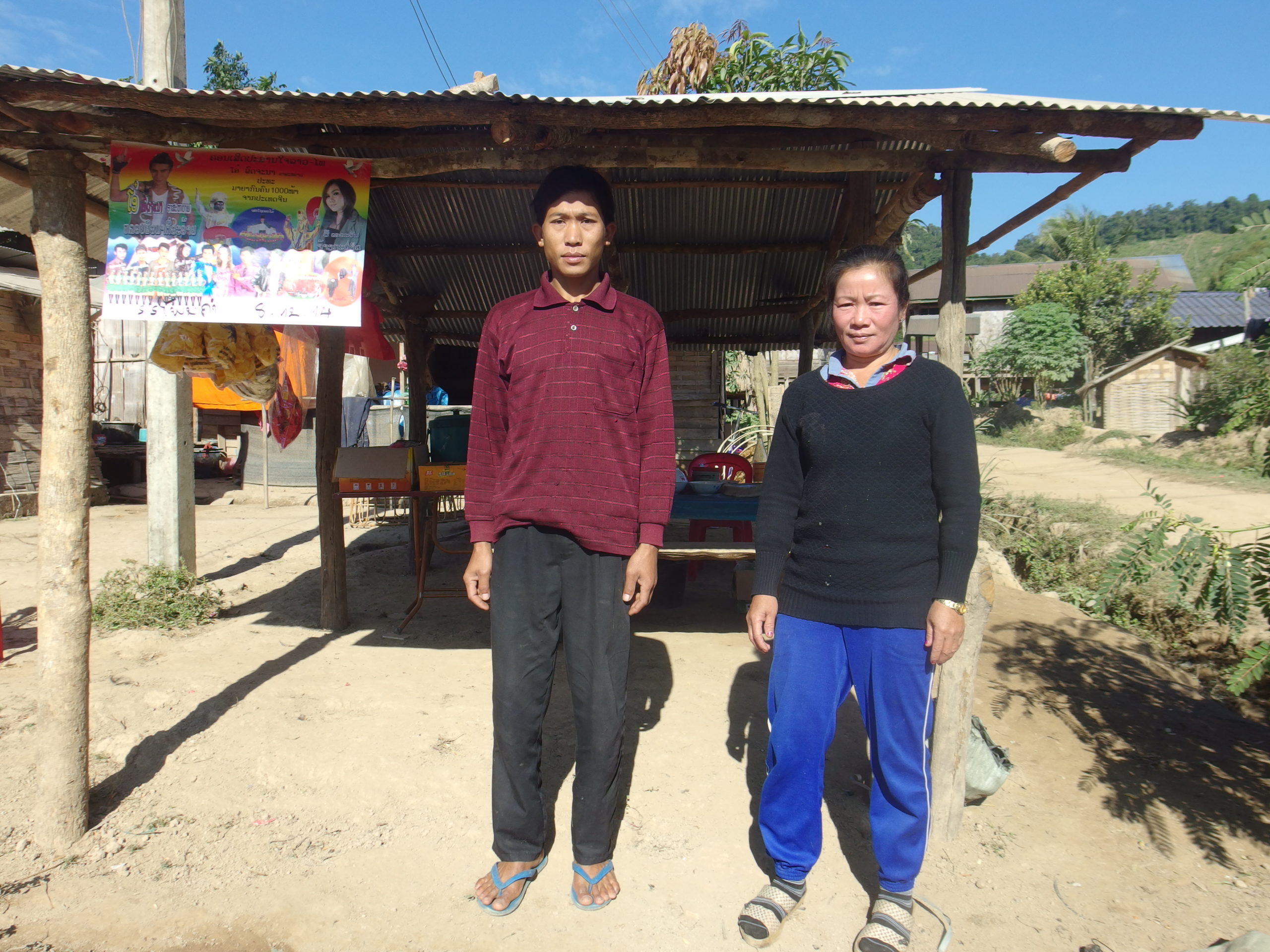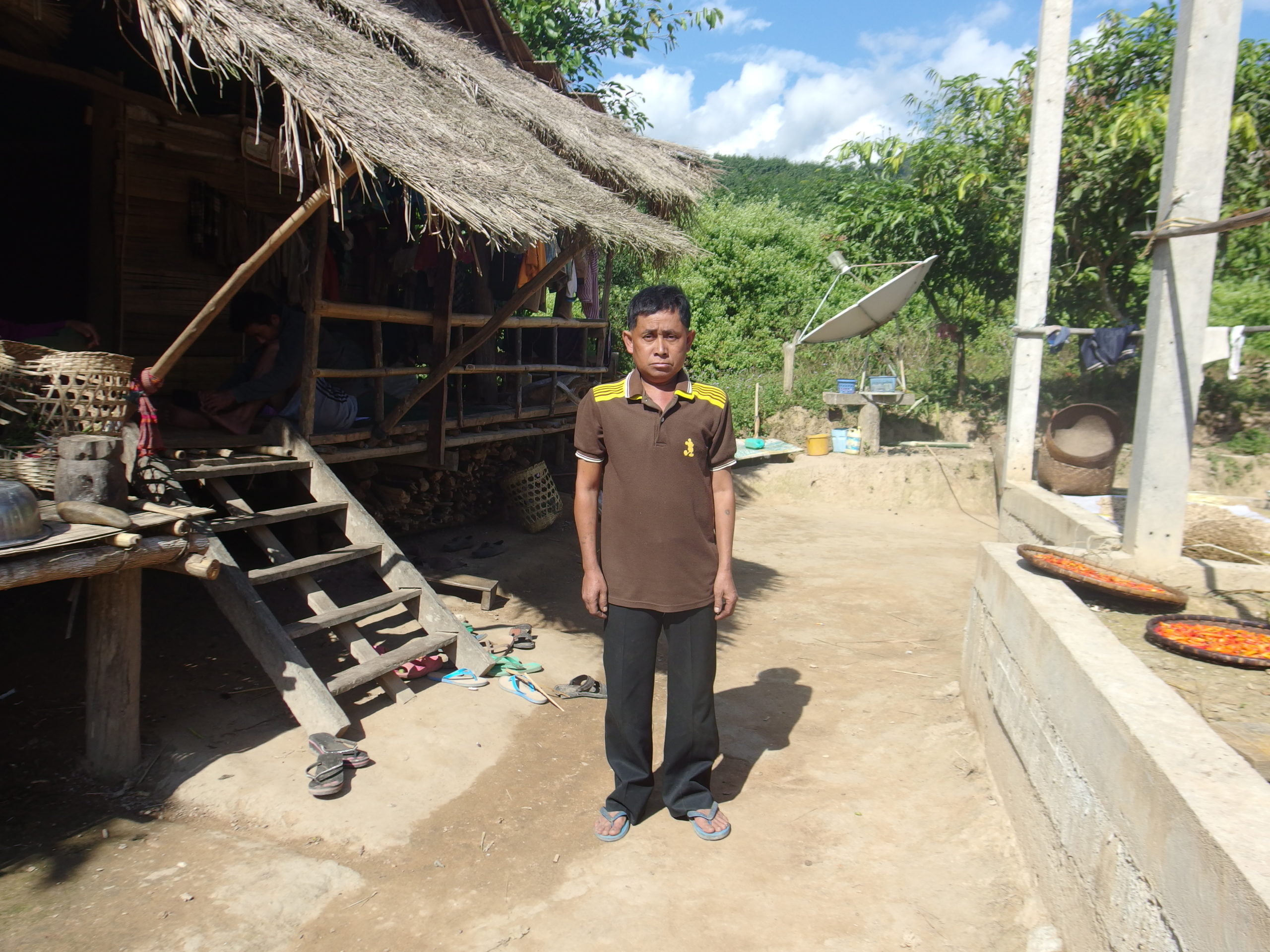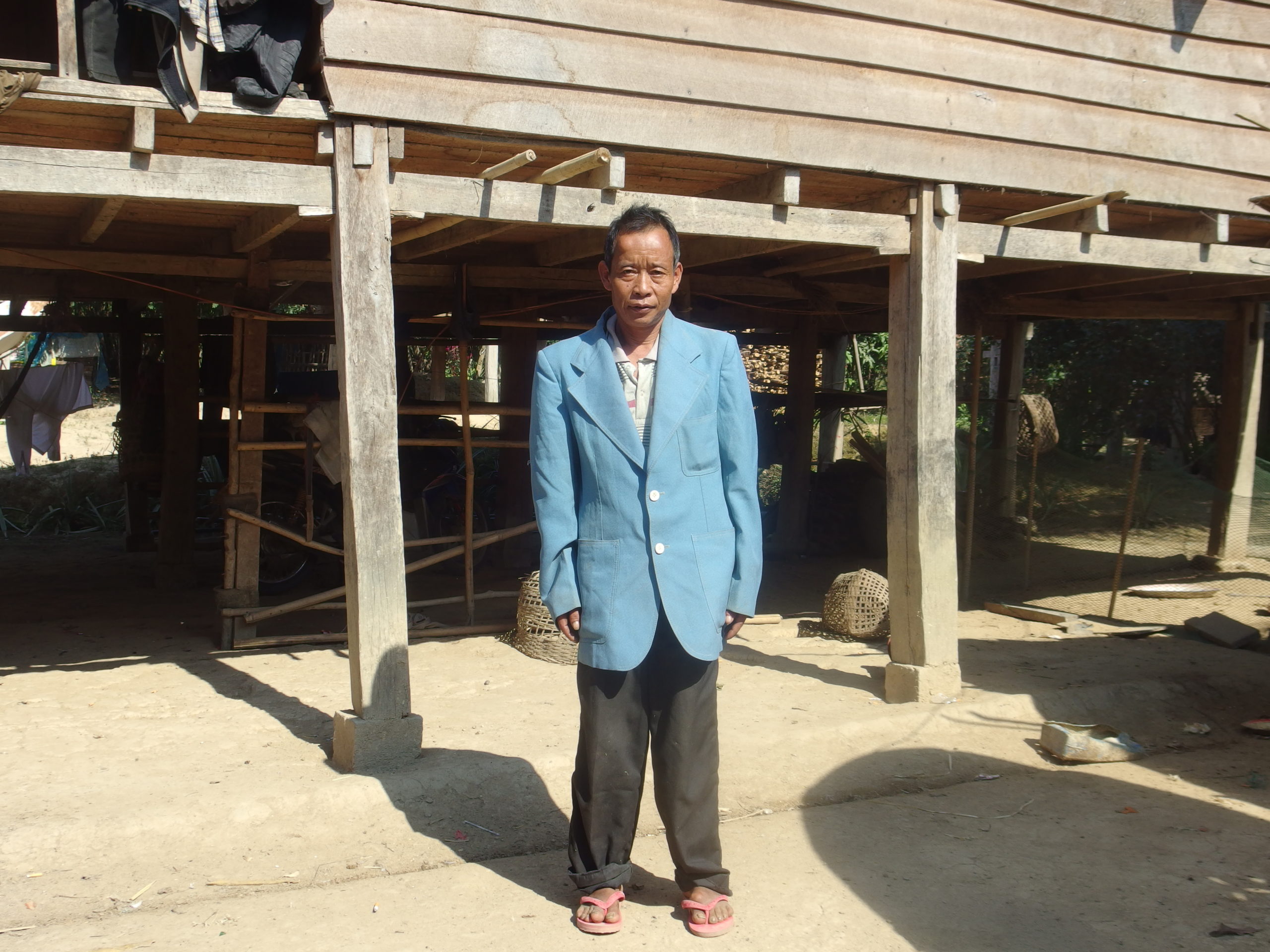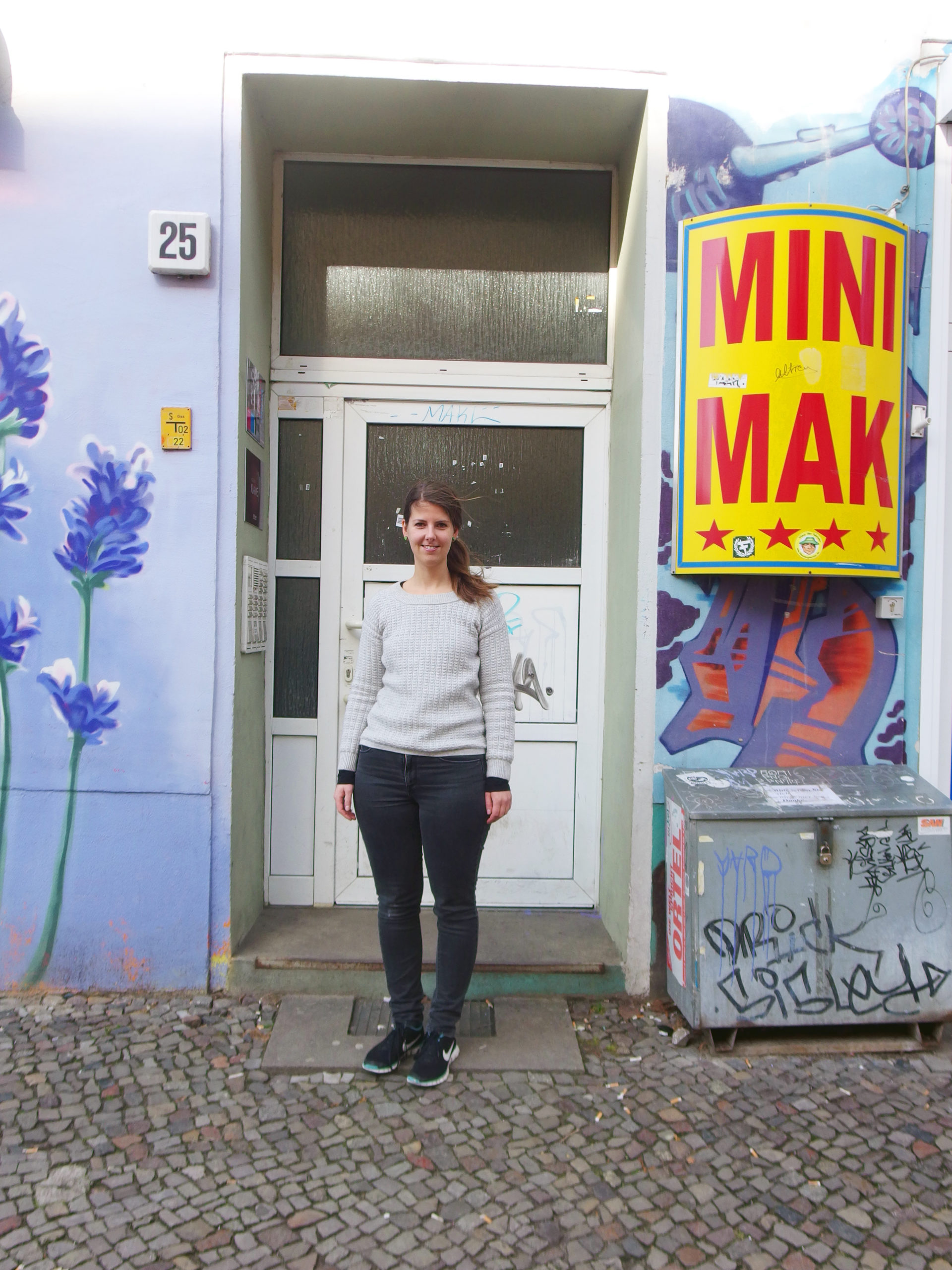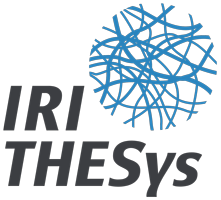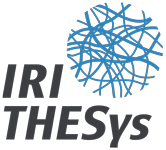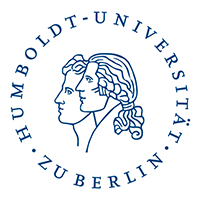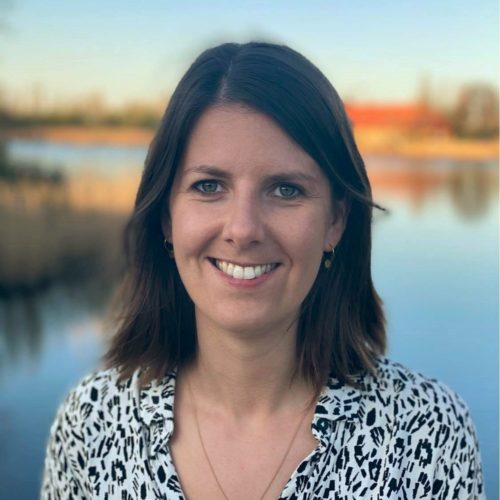Through 13 lenses
The photo and exhibition project was initiated by THESys doctoral researcher Cecilie Friis as part of her fieldwork in the People’s Democratic Republic of Laos and illustrates life changes of seventeen different farmers. A working day in the pumpkin patch, the neighbor’s new house or children going to school – twelve men and women from Ban Sirimoon, Laos have photographed moments of their daily life. The photos illustrate people, places and activities of personal importance to the photographers, and trace the rapid changes taking place within their village and its environment. The photographers, often with the help of partners, children or friends, were all dealing with cameras for the first time in their lives.
In her research, Cecilie Friis investigates how foreign investors seeking access to land and natural resources in Northern Laos are significantly changing the landscapes and traditional agricultural practices by e.g. introducing new cash-crops or intensive farming techniques. A central research question is therefore: How do local people secure a viable livelihood in this rapidly changing landscape?
The exhibition presents photos as research data and allows a view into the processes of conducting ethnographic fieldwork. The visual methods of participatory photography and photo interviews enable researchers to open up for unexpected information that would otherwise be difficult to obtain or even overlooked: The lived experiences and subjective perceptions of the important aspects that characterize people’s everyday life. By handing over the control of the data production to the subjects of research, new avenues of collaborative production and exchange of knowledge can be found. In this case, digital cameras provided the media through which the researcher relinquished control and thereby gained new insights.
The exhibition shows images chosen by the Laotian photographers themselves complemented by short explanatory texts on the story and aim of each picture based on photo interviews. In addition, eleven portraits of the participating men and women in front of their homes in Ban Sirimoon are presented (including one double portrait), along with a portrait of the researcher in front of her home in Berlin.
Through thirteen lenses, the photographers from Ban Sirimoon present unique images from the field that give us individual perspectives on their life in a rapidly changing environment. The thirteenth lens of the researcher presents the perspective of a participating observer, who became temporarily part of the local community and provides the audience with contextual information for the photographs in form of texts. With this project, an attempt is made to bridge the distance of understanding between the people living in the research site, the experiences of the researcher in the field and the audience in the exhibition. See a selection of the images below.
